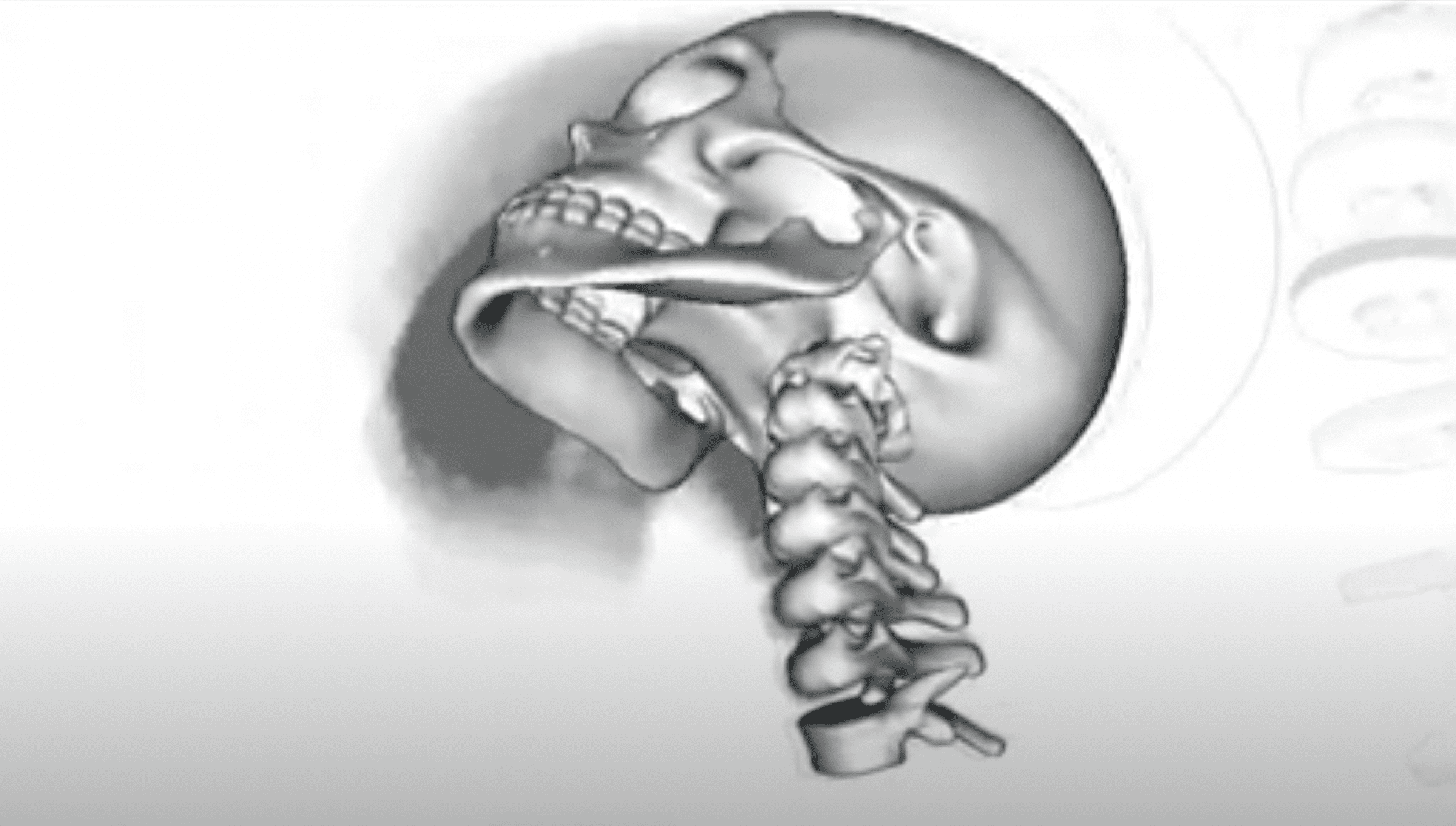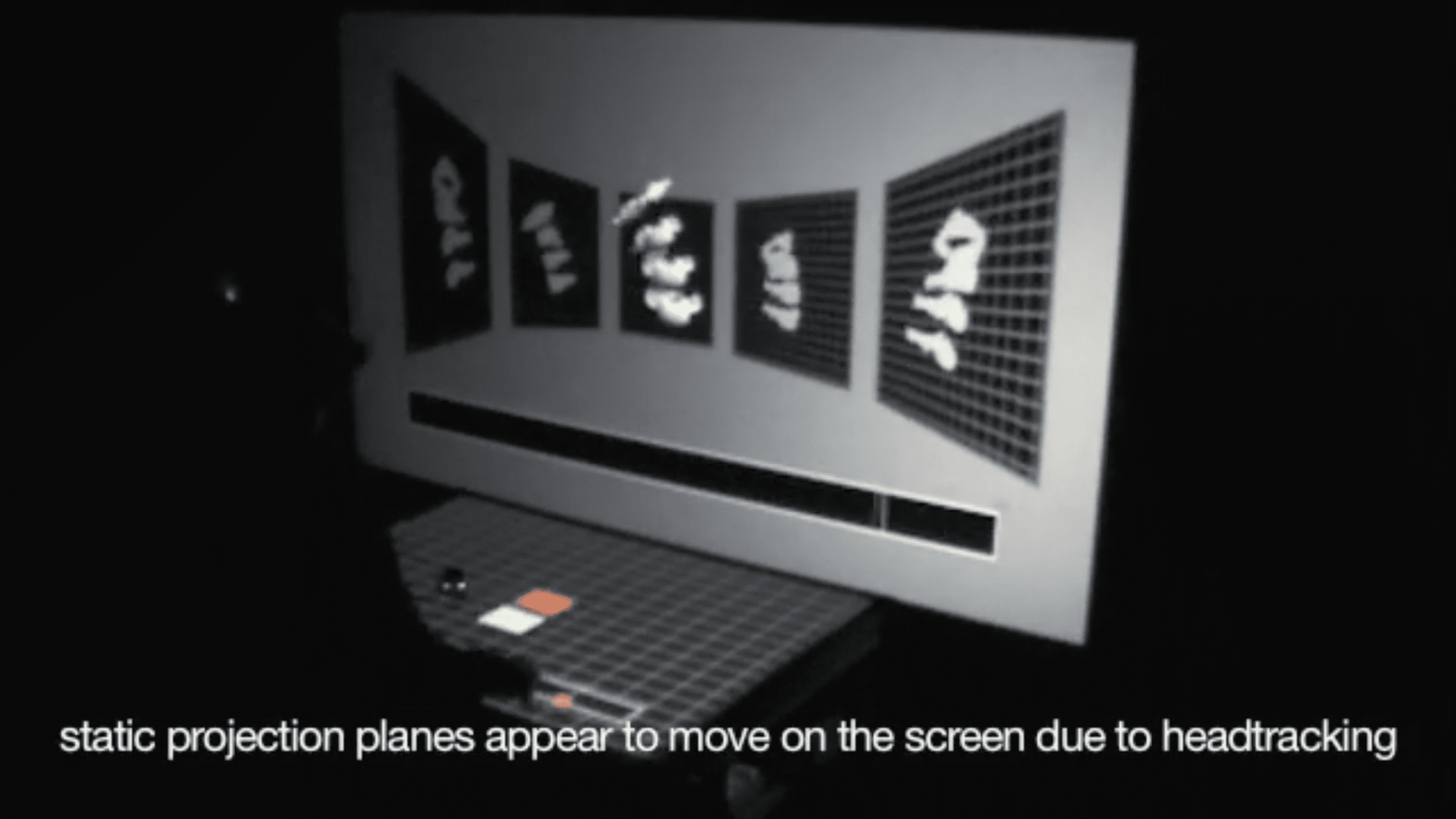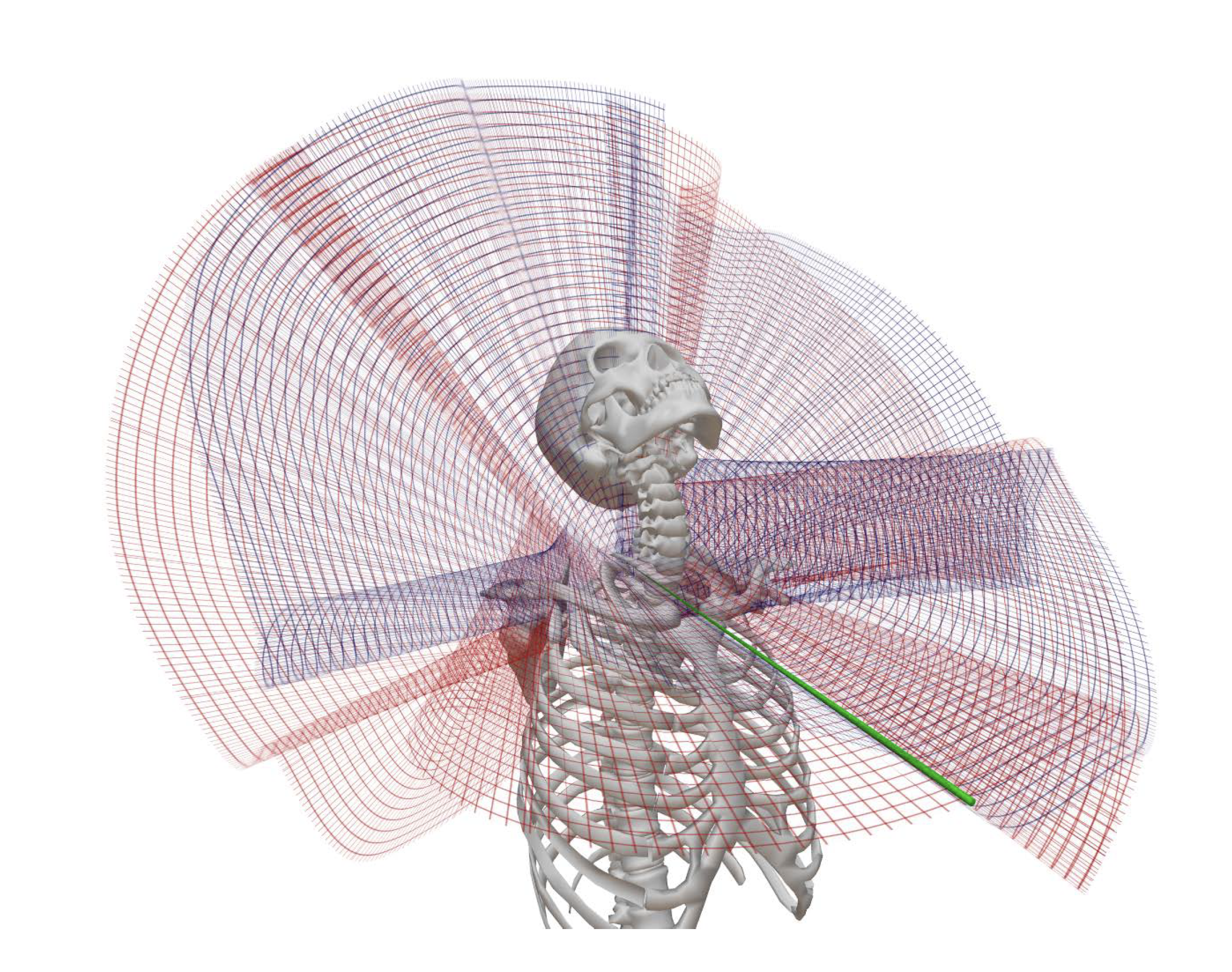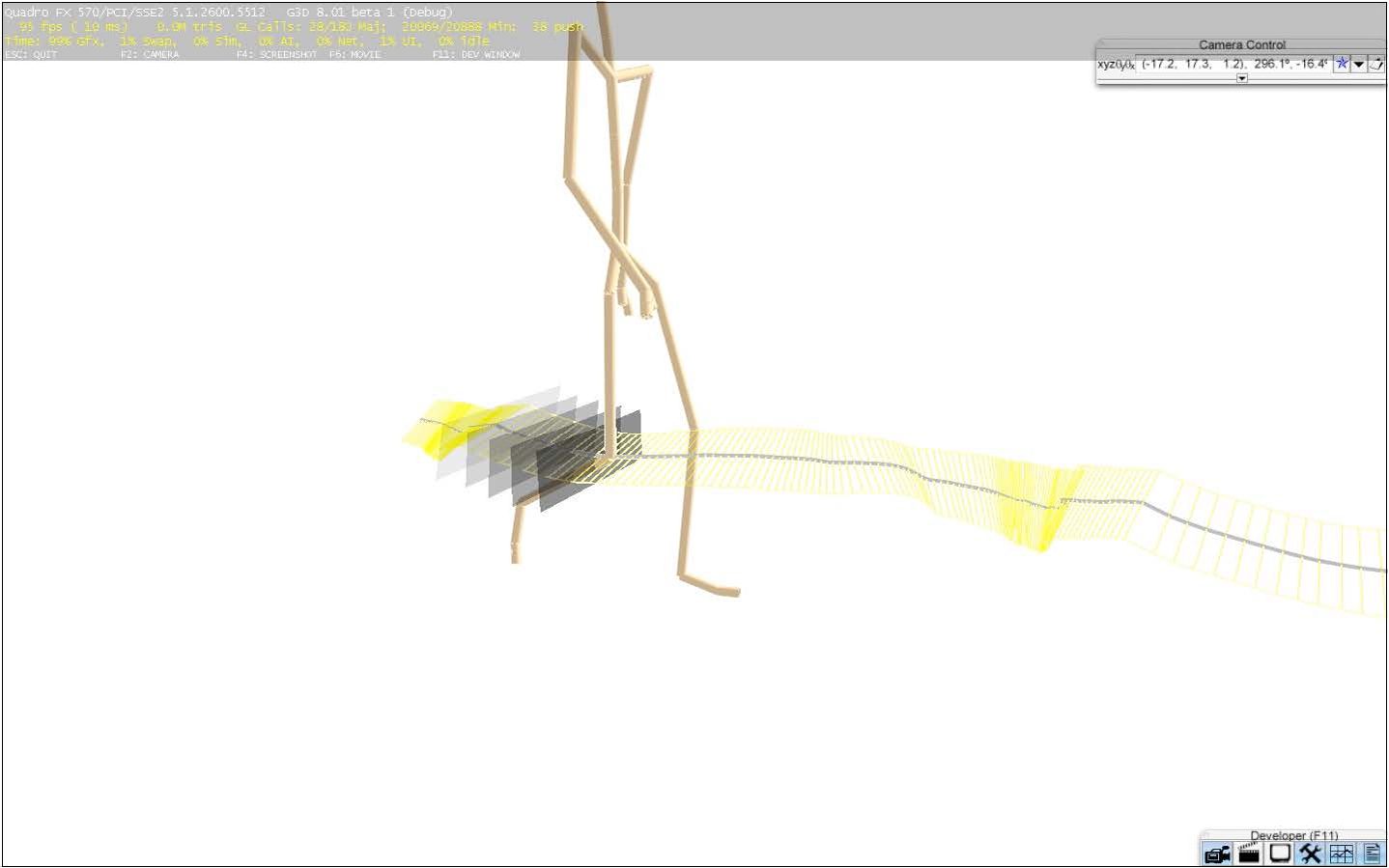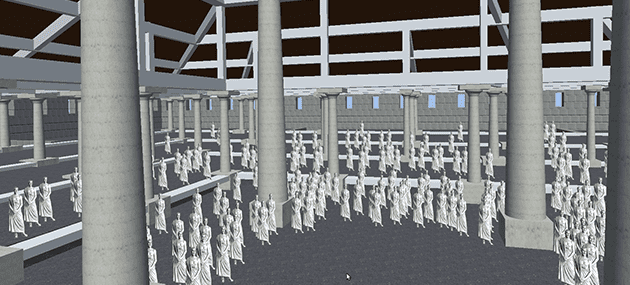- Visualization and Computer Graphics, IEEE Transactions
- Interactive Visualization Lab (IVLAB)
- University of Minnesota
- 2014
K. Schroeder, F. Korsakov, C.M. Knipe, L. Thorson, A.M. Ellingson, D. Nuckley, J. Carlis, and D.F. Keefe. Visualization and Computer Graphics, IEEE Transactions on 20, 12, 2644-2653.
Abstract:
In biomechanics studies, researchers collect, via experiments or simulations, datasets with hundreds or thousands of trials, each describing the same type of motion (e.g., a neck flexion-extension exercise) but under different conditions (e.g., different patients, different disease states, pre- and post-treatment). Analyzing similarities and differences across all of the trials in these collections is a major challenge. Visualizing a single trial at a time does not work, and the typical alternative of juxtaposing multiple trials in a single visual display leads to complex, difficult-to-interpret visualizations. We address this problem via a new strategy that organizes the analysis around motion trends rather than trials. This new strategy matches the cognitive approach that scientists would like to take when analyzing motion collections. We introduce several technical innovations making trend-centric motion visualization possible. First, an algorithm detects a motion collection’s trends via time-dependent clustering. Second, a 2D graphical technique visualizes how trials leave and join trends. Third, a 3D graphical technique, using a median 3D motion plus a visual variance indicator, visualizes the biomechanics of the set of trials within each trend. These innovations are combined to create an interactive exploratory visualization tool, which we designed through an iterative process in collaboration with both domain scientists and a traditionally-trained graphic designer. We report on insights generated during this design process and demonstrate the tool’s effectiveness via a validation study with synthetic data and feedback from expert musculoskeletal biomechanics researchers who used the tool to analyze the effects of disc degeneration on human spinal kinematics.
Reference:
Schroeder, K., Korsakov, F., Knipe, C., Thorson, L., Ellingson, A., Nuckley, D., Carlis, J., amp Keefe, D.. 2014. Trend-Centric Motion Visualization: Designing and Applying a New Strategy for Analyzing Scientific Motion Collections. Visualization and Computer Graphics, IEEE Transactions on 20, 12, 2644-2653. DOI: https://doi.org/10.1109/TVCG.2014.2346451.
Downloads:
2022 UMN IV/LAB (Daniel F. Keefe)
source: https://ivlab.cs.umn.edu/Schroeder-2014-TrendCentric.html
